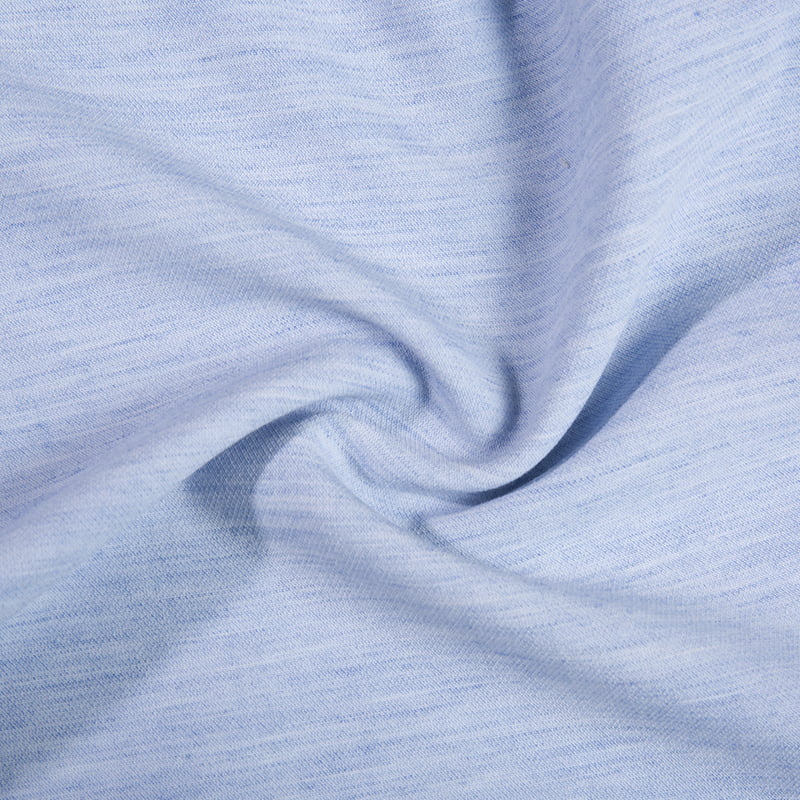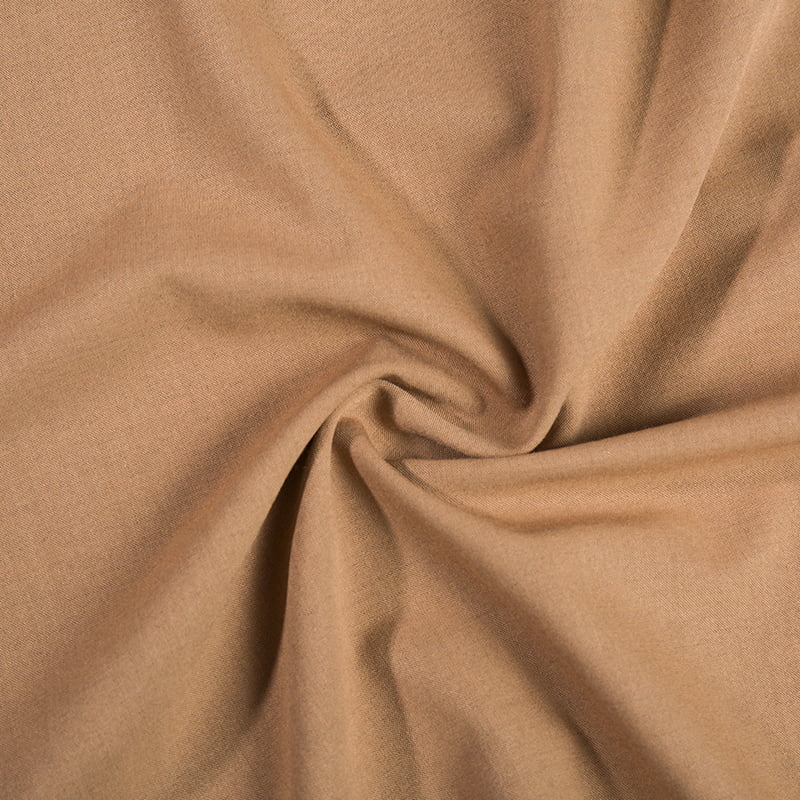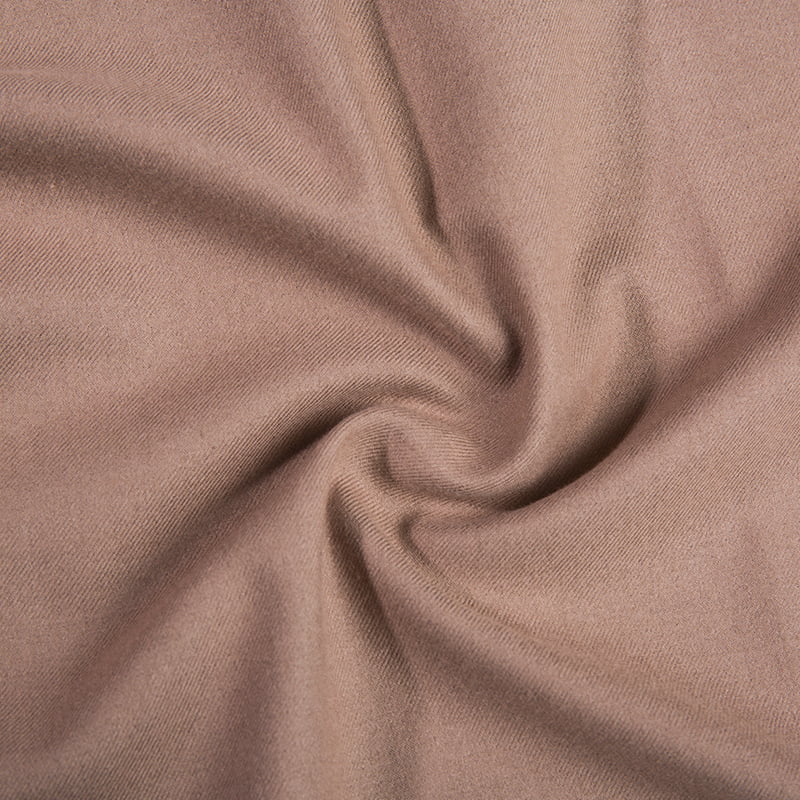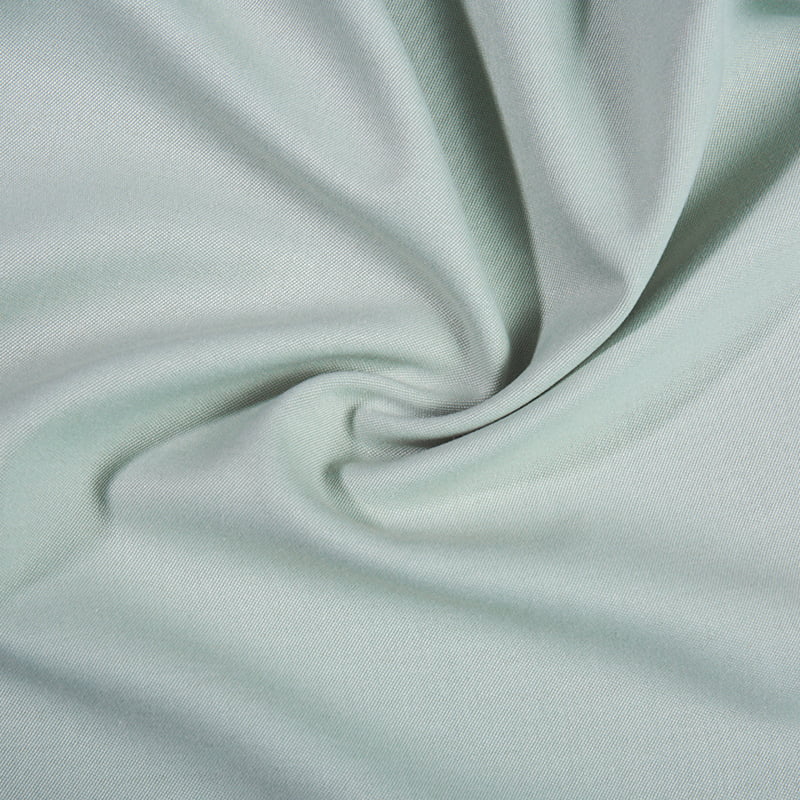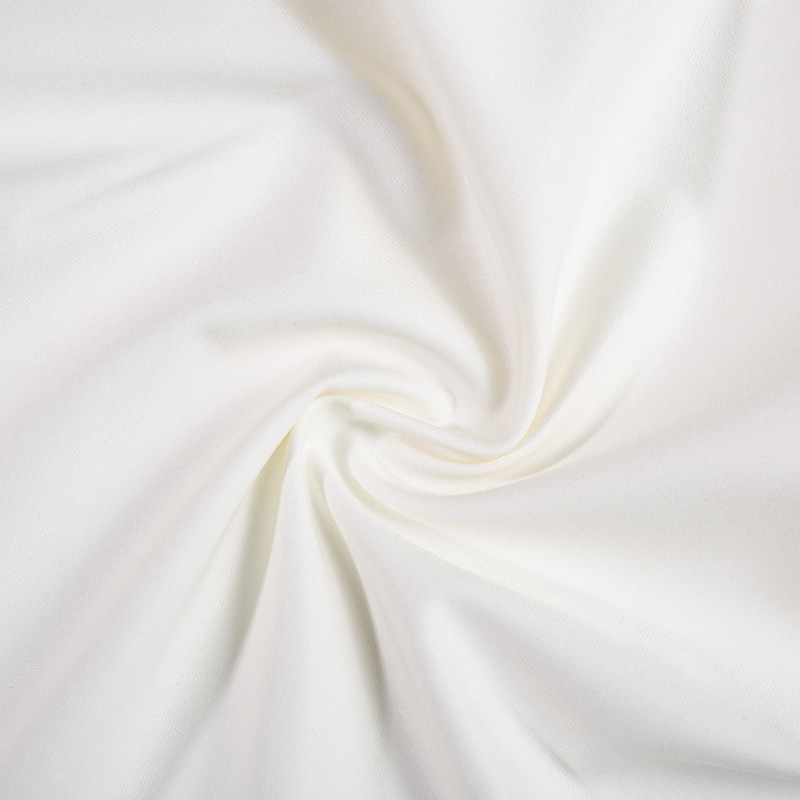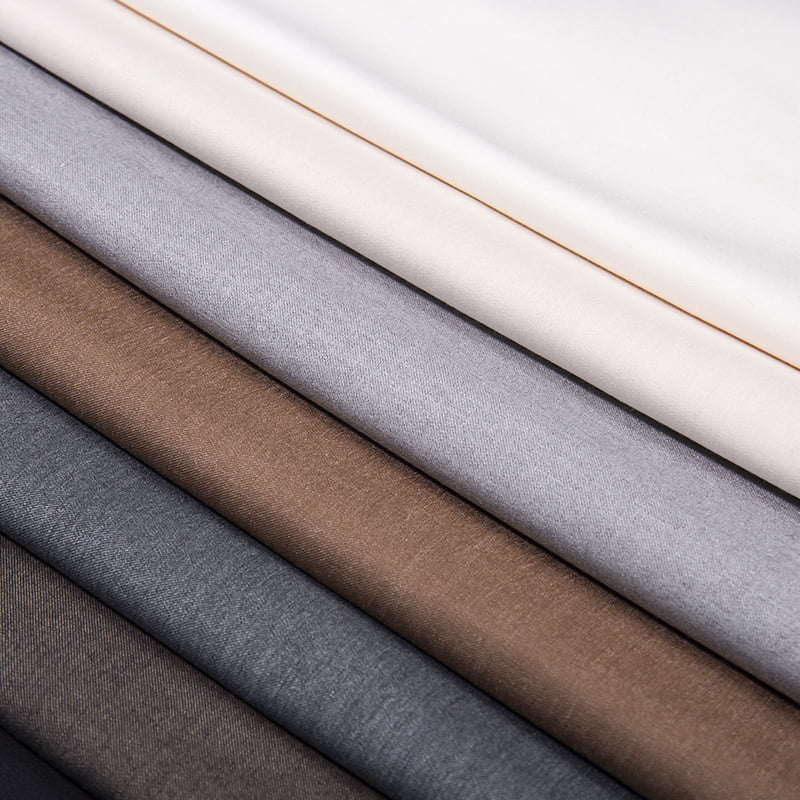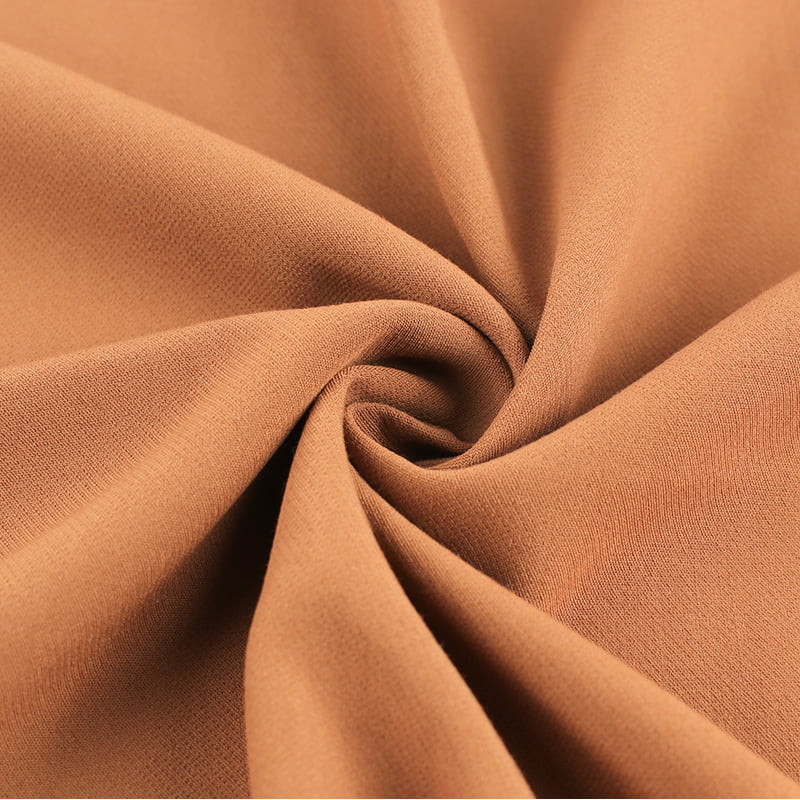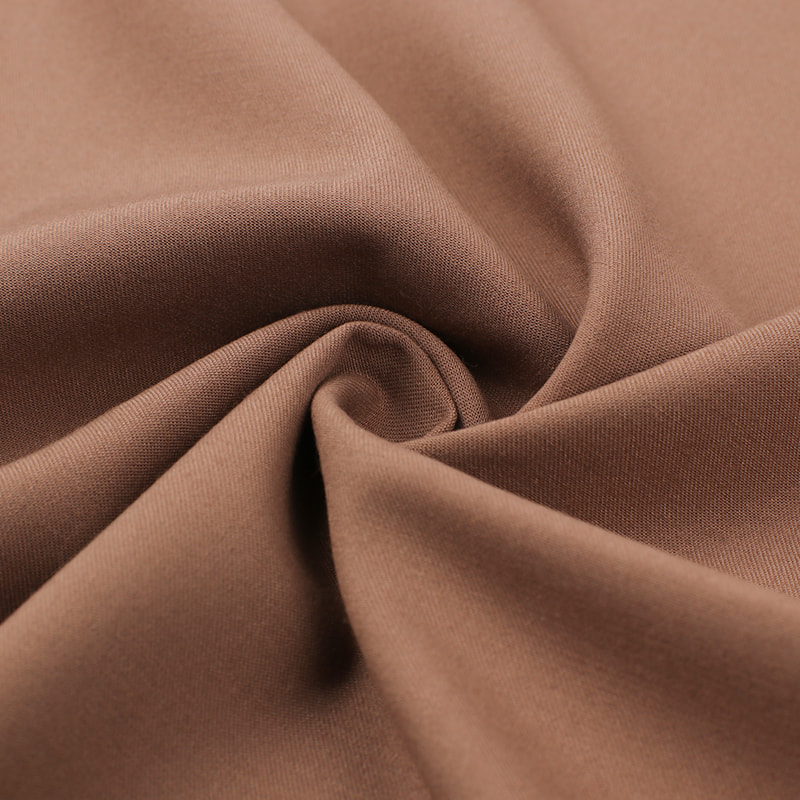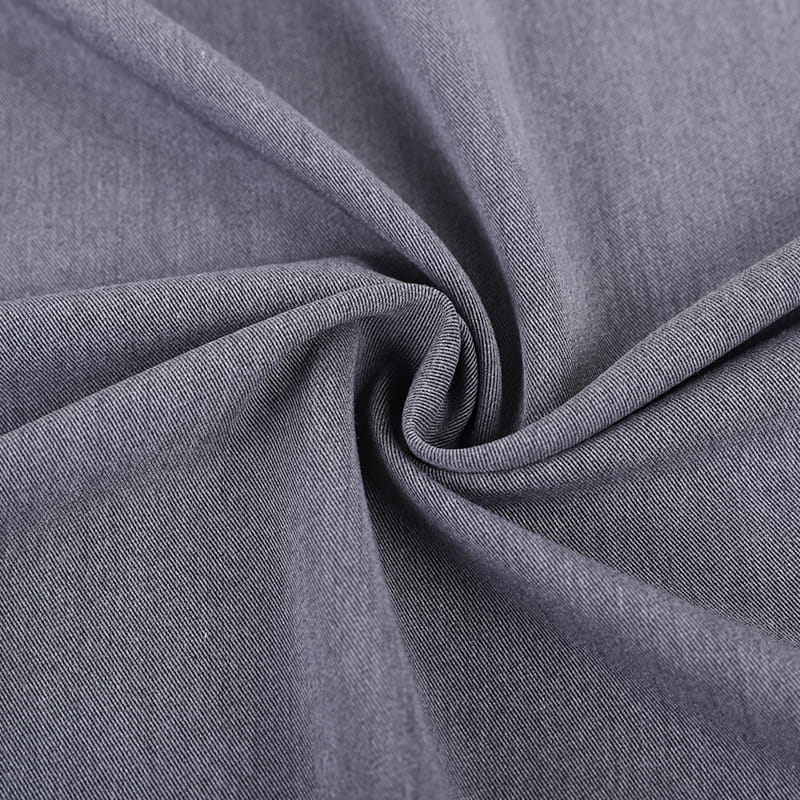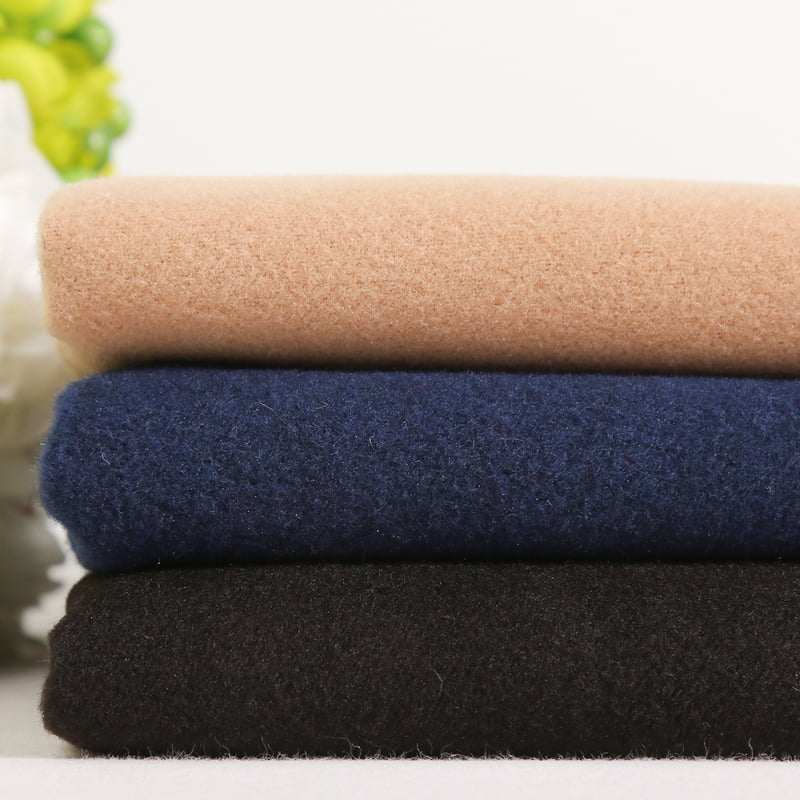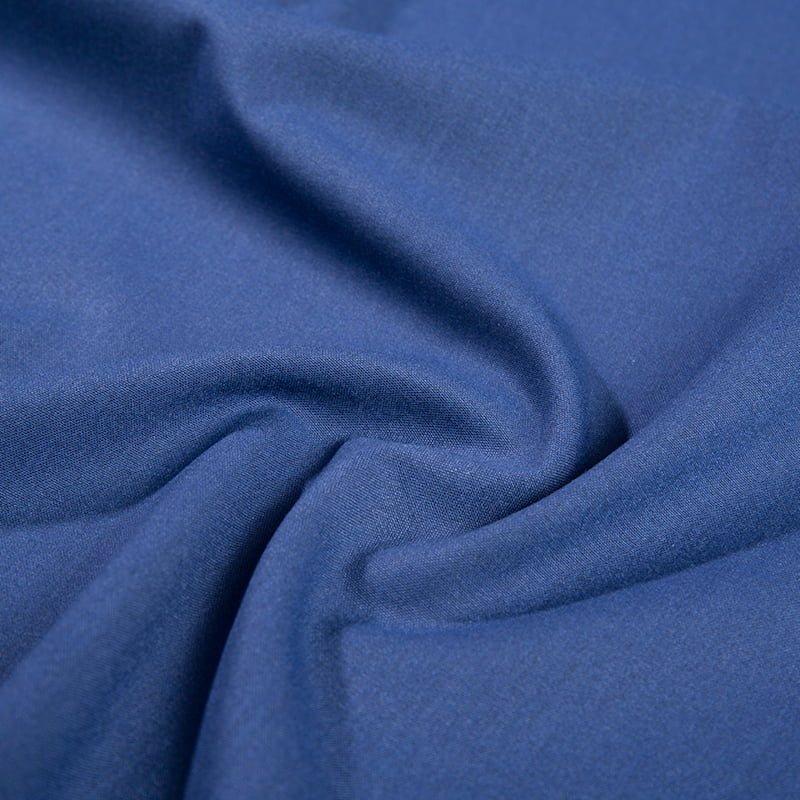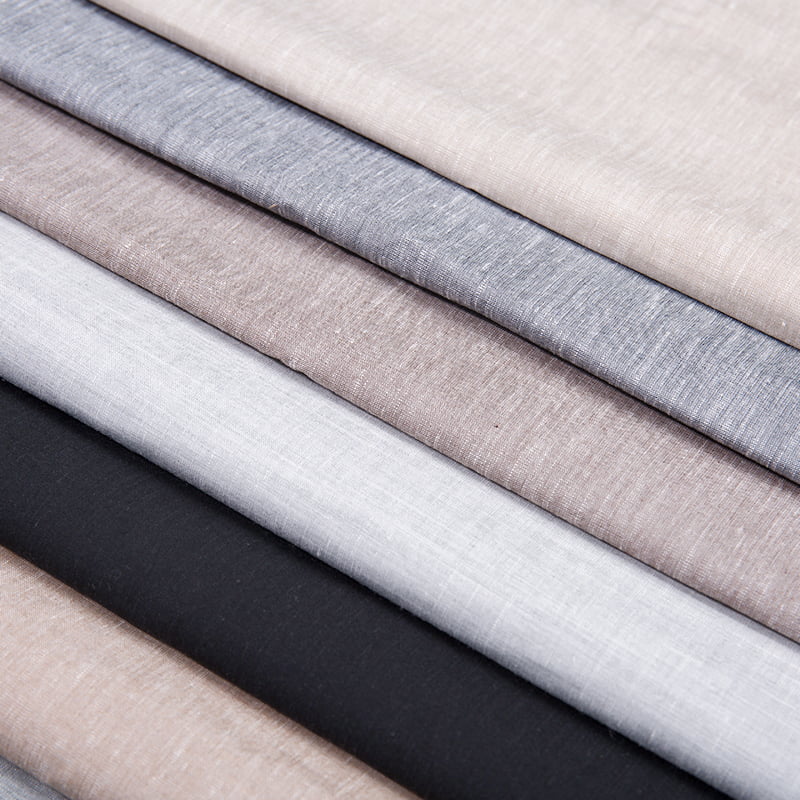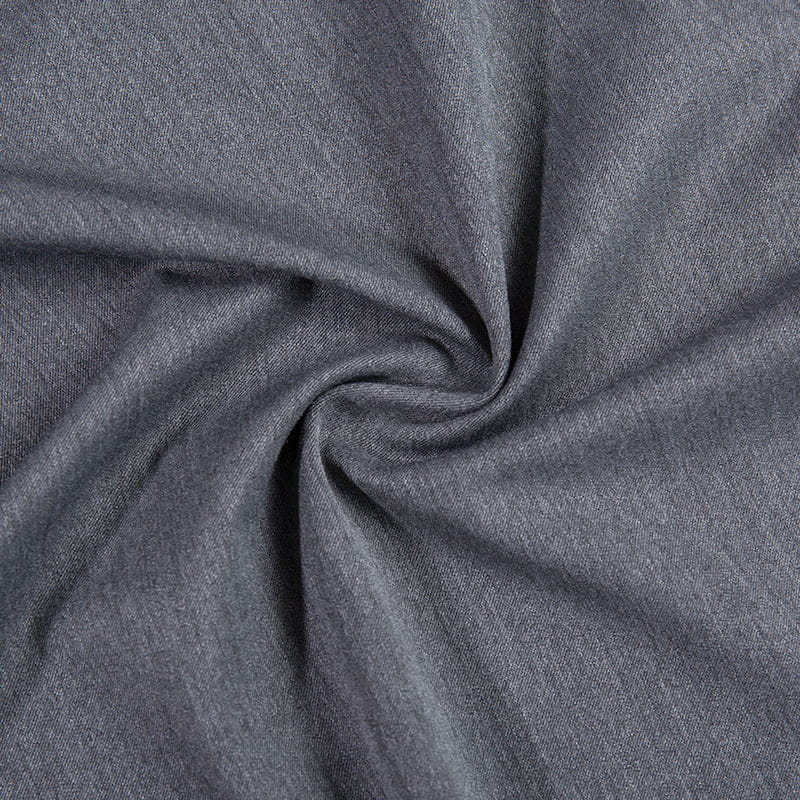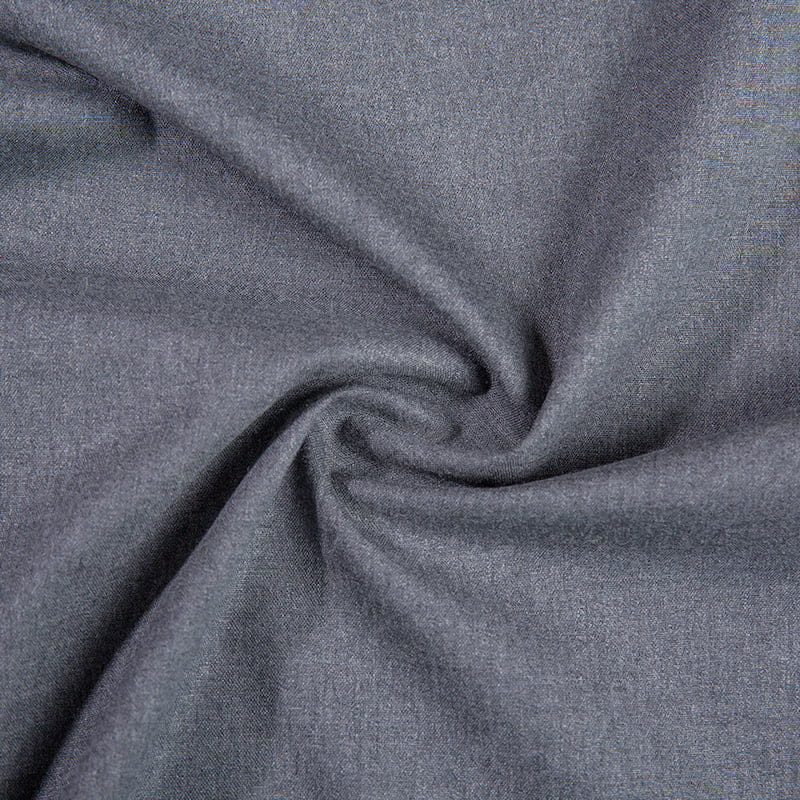TR fabrics, widely used in the production of high-quality suits, are a blend of polyester (denoted by "T") and rayon (denoted by "R"). These fabrics are known for their balance of durability, comfort, and aesthetic appeal. However, slight variations in the ratio of "T" to "R" in the blend can significantly influence the final drape and comfort of a suit. Understanding how these proportions affect the fabric can help manufacturers and consumers alike make informed decisions about fabric selection.
The Role of Polyester ("T") in TR Fabrics
Polyester, the "T" in TR fabrics, is a synthetic fiber known for its strength, resilience, and durability. It contributes significantly to the fabric’s ability to maintain its shape over time, which is crucial for the structure of a suit. The inclusion of polyester also enhances the fabric's resistance to wrinkling and shrinking, providing a more stable and long-lasting garment.
How Polyester Impacts Suit Drape
The higher the percentage of polyester in the blend, the stiffer and more structured the fabric tends to be. This results in a suit that holds its shape better but may feel less fluid and flexible. In a high-polyester TR fabric, the suit may exhibit more pronounced lines and a sharper silhouette, which can be advantageous for formal, structured designs. However, this can come at the cost of a softer drape, which some wearers may find less comfortable.
The Role of Rayon ("R") in TR Fabrics
Rayon, represented by the "R" in TR fabrics, is a semi-synthetic fiber derived from natural cellulose. It is known for its silk-like appearance and soft, breathable qualities. Rayon contributes to the overall comfort of the fabric, making it more pleasant to wear, especially in warmer conditions. The material's ability to absorb moisture also helps regulate temperature, contributing to a more comfortable fit.
How Rayon Affects Suit Drape and Comfort
Increasing the proportion of rayon in the fabric leads to a more fluid and soft drape. The fabric becomes more supple, allowing the suit to fall more naturally, with less stiffness and more flexibility. This results in a suit that moves with the body, offering greater comfort. However, a higher rayon content may reduce the fabric’s resistance to wrinkles and shrinkage, potentially requiring more frequent care to maintain its appearance.
Balancing "T" and "R" for Optimal Suit Performance
The ideal ratio of polyester to rayon in TR fabrics largely depends on the intended use of the suit and the wearer’s preferences. A balanced mix—typically around 60% polyester and 40% rayon—offers a compromise between durability and comfort, providing both structure and softness. Suits made from this blend are likely to have a neat, sharp appearance while remaining relatively comfortable for extended wear.
Suit Durability vs. Comfort
- Higher "T" (Polyester) Content: Suits with a higher percentage of polyester tend to be more durable, resistant to wrinkles, and maintain their shape better. However, they may sacrifice some level of comfort, especially in warmer climates.
- Higher "R" (Rayon) Content: Suits with more rayon offer better breathability and a softer feel, which is beneficial for comfort, particularly in warmer environments. However, they may require more maintenance and are less resistant to wrinkles.
In TR fabrics, the proportion of polyester ("T") and rayon ("R") plays a crucial role in determining the final characteristics of a suit. A careful balance between these two fibers ensures the ideal combination of drape, comfort, and durability. Understanding the impact of this ratio allows both manufacturers and consumers to choose the most suitable fabric for their specific needs, resulting in a suit that not only looks good but feels comfortable throughout the day.


 English
English 中文简体
中文简体 日本語
日本語 한국어
한국어 Español
Español русский
русский

